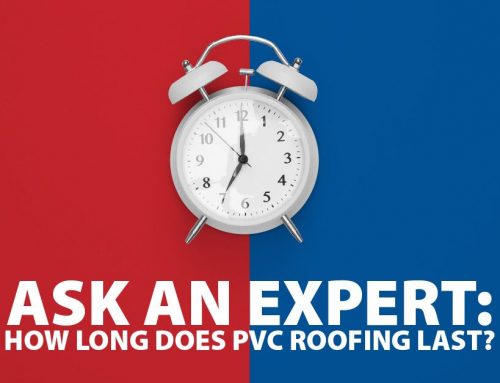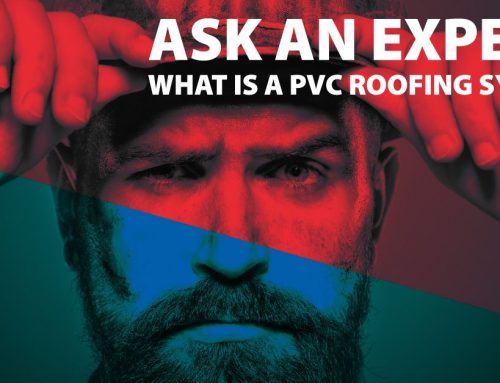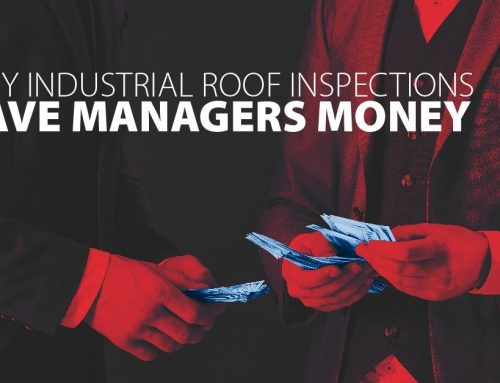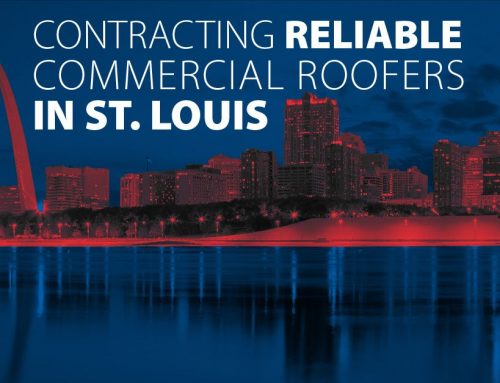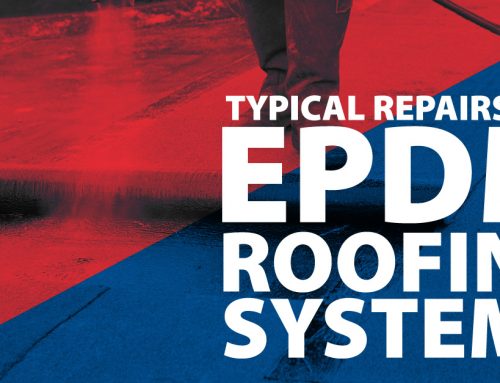
The roof on your St. Louis industrial building is a complex, multi-component system that’s sits exposed to the weather year-round, and this leaves it vulnerable to all sorts of potential problems. Understanding some of the issues that can arise and how to stop them in their tracks can help keep your roof intact and your property safe from costly water damage.
Common Industrial Roofing Problems With St. Louis Properties
Here are three problems that often occur with industrial roofs and how to best deal with them:
Ponding Water
Water that ponds on your roof for an extended period after a rain can point to issues with insufficient slope, poorly-placed or undersized drains, or clogged internal drains, scuppers and/or downspouts. If it’s not addressed, standing water can degrade the membrane and allow water into the roof system. The added weight can compress the insulation layer and create a hollow that makes the pooling worse over time. The extra load can also threaten the roof system’s structural integrity, and in extreme cases, cause a collapse. It’s vital to the health of your roof to clean up pooling water promptly, then have your roofer identify the underlying cause and take appropriate measures to correct it, such as installing larger-capacity or extra drains, or tapered insulation.
Membrane Damage
Poor installation workmanship, foot traffic and long-term exposure to the elements makes your roof membrane susceptible to cracking, splitting, blistering, shrinkage and puncture damage. Since the membrane’s key function is preventing water leaks into the roof system and the building below, it’s crucial that your roofing contractor monitors the membrane’s condition during inspections and makes sound repairs when defects are discovered.
Penetration Seal Deterioration
Your roof has numerous penetrations where drains, pipes, vents, HVAC units, conduits and other such items are routed through the membrane. Each penetration must be kept watertight using an appropriate method like a rain collar, pitch pan, pipe boot, field wrap or flashing. If the seals have deteriorated or gotten damaged, water can easily make its way into the roof system, which leaves the insulation, decking and the interior of the building defenseless against decay and damage. Having inspections performed regularly is essential to identify problems that develop with penetration seals, so they can be fixed using the correct repair techniques to keep water out.
Contact us at Jewett Roofing for expert help solving industrial roofing problems with your St. Louis property.

